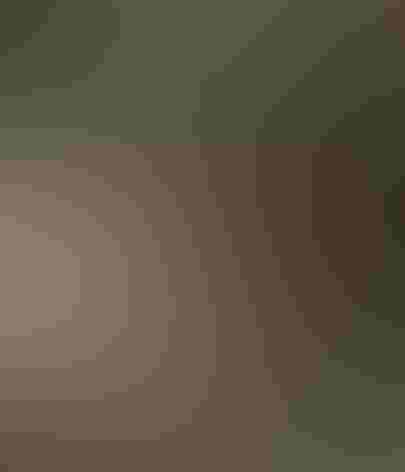Green-tailed Towhee
At a Glance
A catlike mewing call in the bushes may reveal the presence of the Green-tailed Towhee. Fairly common in western mountains in summer, this bird spends most of its time in dense low thickets, where it forages on the ground. Like other towhees, it scratches in the leaf-litter with both feet as it searches for food. It sometimes wanders east in fall, and strays may show up at bird feeders in winter as far east as the Atlantic Coast.
All bird guide text and rangemaps adapted from Lives of North American Birds by Kenn Kaufman© 1996, used by permission of Houghton Mifflin Harcourt Publishing Company. All rights reserved.
Category
New World Sparrows, Perching Birds
IUCN Status
Least Concern
Habitat
Arroyos and Canyons, Desert and Arid Habitats, Forests and Woodlands, High Mountains, Shrublands, Savannas, and Thickets
Region
California, Northwest, Plains, Rocky Mountains, Southwest, Texas
Behavior
Direct Flight, Flitter, Running
Population
4.800.000
Range & Identification
Migration & Range Maps
Migrates relatively early in fall and late in spring. Wanderers east of the normal range occur mostly in fall, although some may stay through the winter.
Description
6 1/4-7" (16-18 cm). Gray face and chest set off sharp white throat, reddish cap. Upperparts and tail olive green. Head feathers often raised in perky crest.
Size
About the size of a Robin, About the size of a Sparrow
Color
Brown, Gray, Green, Red, White, Yellow
Wing Shape
Broad
Tail Shape
Long, Rounded
Songs and Calls
Song a loud, lively series of slurred notes and short, buzzy trills. Call a short, nasal mew.
Call Pattern
Falling, Flat, Rising
Call Type
Chirp/Chip, Scream, Trill, Whistle
Habitat
Brushy mountain slopes, low chaparral, open pines, sage, manzanita, riverine woods. Breeds in a variety of semi-open habitats, mostly in mountains; typically where there is dense low cover of sagebrush, manzanita, or other bushes, and a few taller trees such as scattered pines. In migration and winter, mostly in dense low brush, often near streams.
Sign up for Audubon's newsletter to learn more about birds like the Green-tailed Towhee
Behavior
Eggs
3-4, sometimes 2-5. White, with heavy dotting of brown and gray often concentrated at larger end. Details of incubation are not well known. If adult is disturbed at nest, the bird may slip away quietly through the brush or may drop to the ground and scurry away like a rodent.
Young
Probably both parents feed the nestlings. Age at which the young leave the nest is not well known. Possibly 2 broods per year.
Feeding Behavior
Forages mostly on the ground under thickets, often scratching in the leaf-litter like other towhees. Also sometimes forages up in low bushes. Will come to bird feeders, but typically forages on the ground below the feeding tray.
Diet
Mainly insects and seeds. Diet is not known in detail, but includes various insects such as beetles, crickets, and caterpillars. Also eats many seeds of weeds and grasses, and sometimes feeds on berries and small fruits.
Nesting
Nesting behavior is not well studied. Male defends nesting territory by singing, often from a prominent raised perch. Nest site is on the ground or in low shrubs such as sagebrush, usually lower than 3' above the ground. Nest is a large, deep cup, loosely made of twigs, grass, weeds, strips of bark, lined with fine grass, rootlets, animal hair.
Conservation
Conservation Status
Fairly common and widespread, numbers probably stable.
Climate Threats Facing the Green-tailed Towhee
Choose a temperature scenario below to see which threats will affect this species as warming increases. The same climate change-driven threats that put birds at risk will affect other wildlife and people, too.




